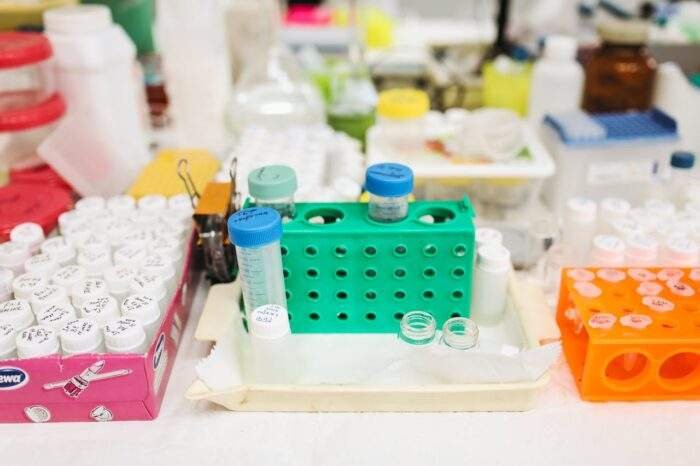How Does CSL Plasma Reflect Changes In Nutritional Status?
It is important to understand how CSL plasma reflects nutritional status for donors and healthcare professionals. This process may unveil vital information on one’s nutritional health and general well-being. We’ll talk about CSL plasma drug tests being used in relation to nutritional status, the role of plasma in nutrient carriage, and other related aspects in this article. For those interested, a promotion code CSL Plasma is available, offering a good amount of compensation on plasma donation. This coupon used to make the donation process more affordable. By using this coupon you can take another advantage also.

What Is Nutritional Status and CSL Plasma?
Plasma by CSL has a multitude of uses for both medical and diagnostic purposes. One of the important characteristics of CSL plasma is its ability to reflect nutritional changes. Such reflections help medical professionals plan the level of nutritional needs a person has, along with general health. Knowing these reflections is crucial for health management and improvement. For returning donors, there may be a CSL Plasma returning donor coupon to be had, which offers a reduction on the next donations. This coupon makes it cheaper to preserve contributing plasma whilst receiving ongoing health assessments.
How CSL Plasma Drug Tests Reflect Nutritional Changes?
CSL plasma drug tests are important in monitoring changes in nutritional status. These tests investigate various biomarkers related to nutrient levels through the plasma component of blood. Plasma, being the carrier of nutrients throughout the body, may present itself with profound changes as a response to the dietary alteration or deficiencies.
Plasma Carry Nutrients: Key Indicators
Plasma is responsible for the transport of important nutrients, hormones, and waste products within the blood. An evaluation of the various components of CSL plasma enables the health professional to identify the presence of changes in nutrient levels. For instance, a change in such nutrients as protein, glucose, and electrolytes may indicate a nutritional alteration in intake or absorption.
What Does It Detect CSL Plasma Drug Test?
A CSL plasma drug test provides detailed information on the absorptive function and utilisation of the body regarding nutrition. It can identify the irregularity or lack of nutrients, minerals, and other nourishing substances in a patient. The data helps with diagnosing the conceivable dietary issue and guides the legitimate type of mediation.
Benefits of Nutritional Status Monitoring via CSL Plasma
Nutritional status plasma tests conducted by CSL, therefore, allow the management of health statuses more effectively. Chronic diseases or nutritional needs occurring in a person’s life provide an opportunity for applying nutritional intervention with plasma tests.
Early Detection of Nutritional Deficiencies
These plasma tests at CSL will help detect deficiencies before such deficiencies become health problems. Early detection creates room for timely adjustment in their diets or supplementation that may prevent serious health effects.
Customised Nutrition Plans
Knowing how these changes in nutritional status are reflected in CSL plasma will enable healthcare professionals to better provide a personalised nutrition plan. Such a personalised approach assists in achieving maximum health outcomes and improvement in the quality of life.
How CSL Plasma Referral Works and Its Impact on Nutritional Monitoring?
CSL plasma referrals are very important in ensuring access to plasma donation facilities. The referrals will ensure that the person who has a plasma donation need for either medical or diagnostic purposes is well taken care of without much hassle. They also aid in continued nutritional assessment since often, plasma donations are tested for various nutritional factors.
CSL Plasma Pay and Incentives
It is also germane to talk about how CSL Plasma compensates its donors. CSL Plasma compensation systems have been devised to award donors based on time and the donation provided. The amount paid varies depending on location and how often one has donated. The work of a CSL plasma card will ensure that compensation is done on time, if not immediately, and that the donor gets to track their donation history.
Frequently Asked Questions
1. What can a test of CSL plasma drugs tell one about nutritional status?
A test of the drugs within CSL plasma will show which vitamins, minerals, and other nutrients are out of balance and/or low in a person’s system, thereby giving some insight into one’s nutritional health.
2. How does plasma transport nutrients throughout the body?
Plasma transports nutrients, hormones, and waste products throughout the body via the bloodstream, wherein is an important part of total health and nutrient balance.
3. What is the purpose of CSL plasma referral work?
CSL plasma referral work ensures that people find their way to the donation centers with ease and convenience for the smooth process of plasma donation and health follow-up thereafter.
4. How does CSL Plasma compensate its paid blood donors?
CSL Plasma compensates donors based on location and number of donations. All this is made possible through CSL plasma card work: this assures donors of timely pay.
Conclusion
CSL plasma drug tests are, therefore, important in the change of nutritional status. By monitoring plasma, health professionals understand more about nutritional levels and the status of overall health. These changes are monitored to diagnose disease states, malnutrition, and other disorders for the delivery of treatments, interventions, and nutrition tailored to each individual’s specific needs. The CSL plasma referral and compensation systems further make the process easier and as rewarding as possible for the donors. Knowing how CSL plasma aids in nutritional monitoring will help achieve better health outcomes and improve well-being.






